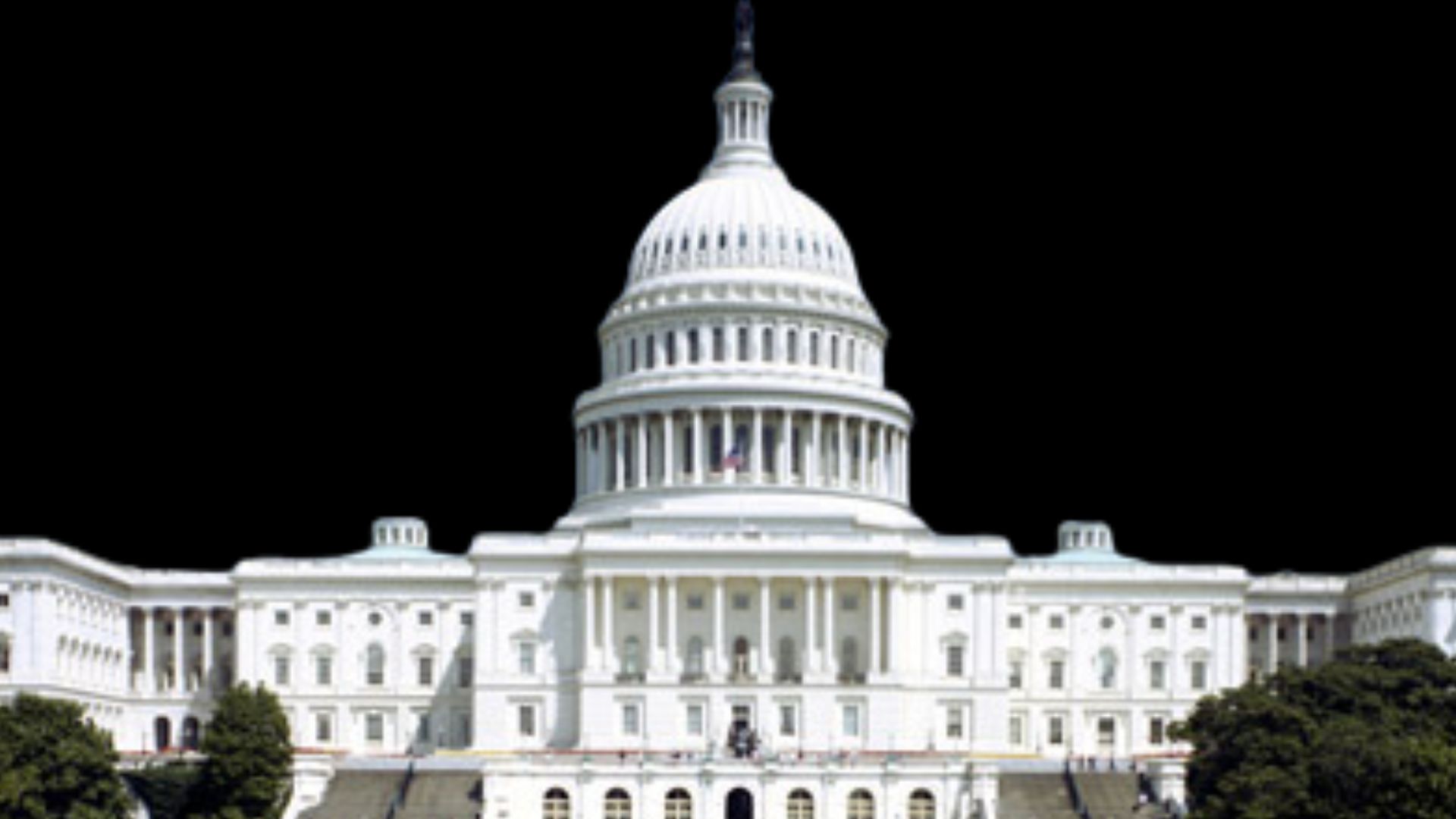On Oct. 10, the U.S. Department of Education made a move that could have lasting repercussions, laying off over 460 employees in a dramatic effort to streamline operations within an agency already grappling with significant challenges. “The continued impasse and lack of a federal budget is a concern for all Americans, especially educators,” according to JC Bowman, executive director of Professional Educators of Tennessee.
This latest employee reduction at the U.S. Department of Education comes on the heels of previous cuts enacted by the Trump administration, which had slashed the department’s workforce in March through a combination of buyouts, layoffs, and incentivized retirements, effectively halving its size. In a noteworthy legal development, the Supreme Court recently upheld the administration’s authority to move forward with these layoffs, despite ongoing debates about their legality.
The Justice Department’s court filing revealed the scale of these cuts, highlighting the administration’s strategy to reduce the federal workforce as a means of exerting pressure on congressional Democrats amidst an extended government shutdown.
Among the most concerning aspects of this latest wave of layoffs is the closure of the Office of Special Education and Rehabilitative Services, an essential division responsible for administering federal funding associated with the Individuals with Disabilities Education Act. Bowman added, “Reports suggest that nearly all staff within the IDEA office were impacted by the layoffs, raising alarms about the potential disruption in services for students with disabilities.”
The cuts were not confined to the USDOE. Layoffs have extended to other crucial federal departments, including Commerce, Energy, Homeland Security, and Housing and Urban Development, with reductions numbering in the hundreds across these agencies.
President Trump and his administration have positioned these layoffs as part of a broader strategy to compel Congress to resume funding amid a stalemate over pressing issues such as health care and immigration reform. As lawmakers continue to struggle to reach a consensus, the consequences of these workforce reductions could exacerbate the difficulties faced by those who depend on government services, particularly in education and support for individuals with disabilities.
The implications are significant, as the administration’s approach may not only impact the federal workforce but also jeopardize critical services at a time when they are more essential than ever. There is likely a lot of negotiation and deliberation going on behind the scenes, not just among Republicans and Democrats but also between the U.S. Senate and U.S. House, as well as with the administration.










